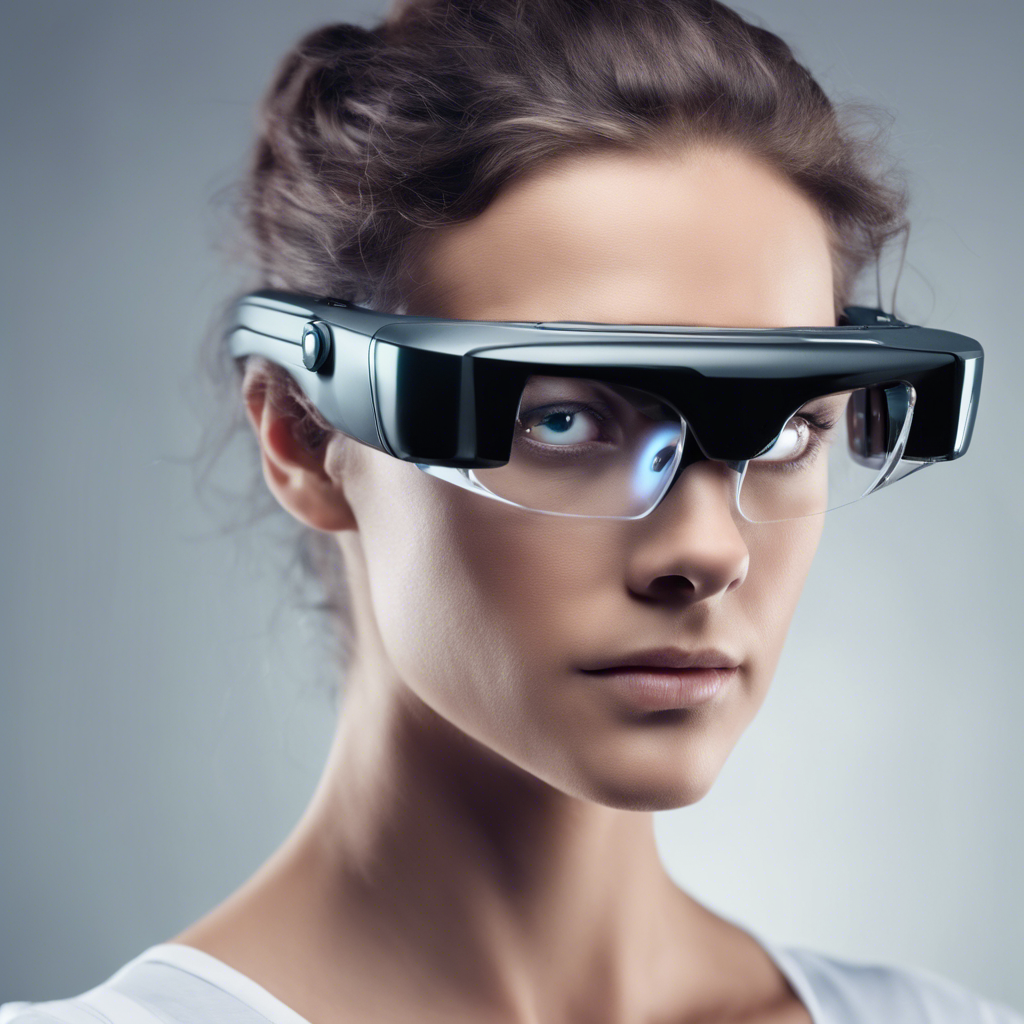Future Smart Glasses Could Use Sonar Instead of Cameras for Improved Privacy and Affordability

Scientists at Cornell University have developed a technology called “PoseSonic” that combines micro sonar with artificial intelligence to create accurate echo profile images of wearers. This advancement could lead to smart glasses that are more privacy-conscious, cost-effective, and efficient.
As the demand for augmented reality (AR) smart glasses continues to grow, researchers at Cornell University have made a breakthrough in wearable technology. They have developed a new technology called “PoseSonic” that replaces optical cameras with sonar, offering improved accuracy, privacy, and affordability. By utilizing micro sonar and artificial intelligence, this innovation has the potential to revolutionize the future of smart glasses.
PoseSonic: A Game-Changing Technology
The PoseSonic technology combines micro sonar, powered by CHIRP technology, with AI algorithms to create an accurate echo profile image of the wearer. The micro sonar captures sound waves that are too quiet for human hearing, enabling precise tracking of the wearer’s movements. By using this technology, smart glasses can operate without the need for optical cameras, providing numerous advantages.
Enhanced Privacy and Affordability
Current AR smart glasses on the market rely on cameras to track the wearer, which can drain the battery quickly and raise privacy concerns. In contrast, PoseSonic’s acoustic-based tracking is more efficient, unobtrusive, and privacy-conscious. The use of sonar technology ensures that the algorithm processes only the sound waves it produces, eliminating the need for capturing images or using external sounds. Additionally, the data can be processed locally on the wearer’s smartphone, reducing the risk of interception.
Cost-Effective and Efficient Design
PoseSonic’s design includes microphones, speakers, a microprocessor, Bluetooth module, battery, and sensors. Researchers have successfully created a working prototype for less than $40, and further cost reductions are expected with mass production. In comparison, the ill-fated Google Glass cost $152 to manufacture a decade ago. The use of sonar technology also requires less power than traditional cameras, enabling smart glasses equipped with PoseSonic to run continuously for over 20 hours.
Versatile Applications and Future Potential
The applications of acoustic tracking in smart glasses are diverse and practical. One scenario is the recognition of upper body movements in daily life, such as eating, drinking, or smoking. PoseSonic’s AI model estimates the 3D positions of nine body joints, providing detailed feedback on how the body moves during physical activities. This technology could revolutionize fitness tracking by offering users a comprehensive assessment of their behavior beyond step counts and calorie consumption.
Conclusion:
The development of PoseSonic technology by scientists at Cornell University marks a significant step forward in the evolution of smart glasses. By replacing optical cameras with micro sonar and AI algorithms, these future wearable devices can offer improved privacy, affordability, and efficiency. The potential applications of this technology extend beyond tracking movements to monitoring behavior and providing detailed feedback. As the demand for AR smart glasses continues to rise, PoseSonic could pave the way for a new generation of wearables that prioritize user privacy and accessibility.










